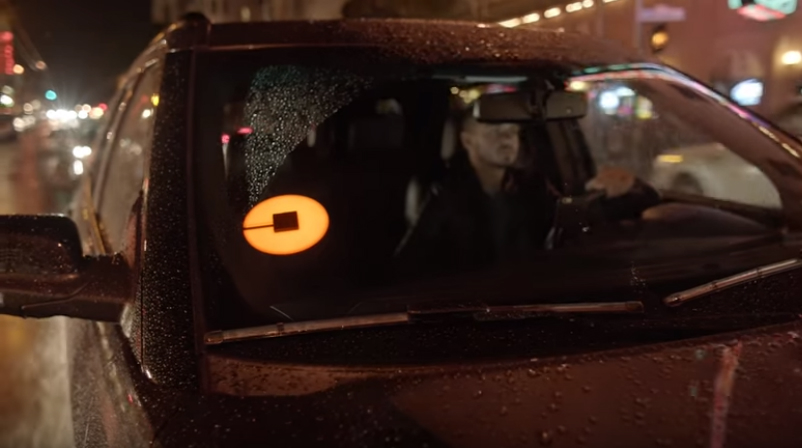Uber drivers in California will be able to set their own fares as part of a new pilot program, which the rideshare company is testing as a response to the state’s new gig-economy law that categorizes individual contractors of a company as employees.
The Wall Street Journal reports that the company will begin testing the feature starting Tuesday, January 21. Drivers with passengers going to or from the Santa Barbara, Palm Springs, or Sacramento airports can charge their passengers up to five times the regular ride fare.

However, that doesn’t mean that all ride prices will necessarily go up. The Journal reports that the update would essentially create a bidding system, allowing drivers to increase fares only in 10% increments at a time and up to a maximum of five times the regular price. Uber will automatically match a rider to the driver with the lowest price, and those drivers who have higher fares will be paired with rides once the demand for rides increases.
“Since [Assembly Bill 5] has gone into effect, we’ve made a number of product changes to preserve flexible work for tens of thousands of California drivers. We’re now doing an initial test of additional changes which would give drivers more control over the rates they charge riders,” an Uber spokesperson told Digital Trends.
The new updates are reportedly Uber’s way of furthering their stance that their drivers are independent of the company as contractors, rather than regular employees as the new law states. Assembly Bill 5 went into effect in California on January 1, requiring companies to treat their contractors the same way they treat regular employees. Contractors are now eligible for basic protections such as minimum-wage requirements, health benefits, and Social Security,
Uber has previously voiced that it is against the bill, and its drivers are, too.
“Several previous rulings have found that drivers’ work is outside the usual course of Uber’s business, which is serving as a technology platform for several different types of digital marketplaces,” Uber chief legal officer Tony West said during a conference call back in September.
“There would be real changes in the way that drivers interact with the platform, and based on what drivers tell us, they are not changes that they would welcome,” West added.



